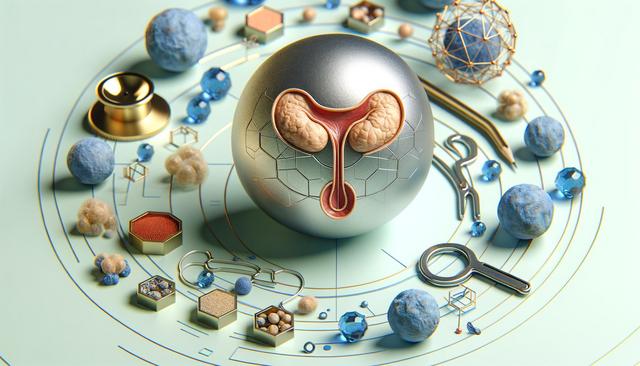Understanding Prostate Cancer and Its Development
Prostate cancer is a common condition affecting the prostate gland, a small organ located below the bladder in men. It plays a key role in the male reproductive system by producing seminal fluid. The disease tends to progress slowly, and in many cases, men may not notice symptoms until the cancer has advanced. However, identifying potential warning signs early can significantly improve outcomes. Prostate cancer usually begins when abnormal cells in the prostate grow uncontrollably, forming a tumor. These changes often go unnoticed in the early stages, which is why routine check-ups and awareness are essential.
The risk of developing prostate cancer increases with age, particularly after 50. Other contributing factors include family history, race, and lifestyle choices. Men with close relatives who have had prostate cancer are at a higher risk. While not all symptoms indicate cancer, any changes should be evaluated by a healthcare professional to rule out serious conditions.
Urinary Symptoms to Watch For
One of the most common categories of early signs of prostate cancer involves changes in urinary function. Because the prostate surrounds part of the urethra, any enlargement or tumor growth can affect the flow of urine. Men may notice a range of urinary issues that deserve medical attention. These can include:
- Difficulty starting urination
- Weak or interrupted urine flow
- Frequent urination, especially at night (nocturia)
- Inability to completely empty the bladder
- Pain or burning sensation during urination
These symptoms are often mistaken for benign prostatic hyperplasia (BPH), a non-cancerous enlargement of the prostate. However, distinguishing between the two requires medical tests such as a prostate-specific antigen (PSA) test or a digital rectal exam (DRE).
Changes in Sexual Function
Another set of signs that may indicate prostate cancer involves sexual health. Although less commonly discussed, these symptoms are important to recognize. Tumors can interfere with the nerves and blood flow around the prostate, leading to sexual dysfunction. Signs to be aware of include:
- Difficulty achieving or maintaining an erection
- Painful ejaculation
- Reduced volume of ejaculate
- Blood in semen
These changes may not always signal cancer, but when they appear alongside other symptoms, they warrant further evaluation. Addressing such issues early can help determine the underlying cause and ensure timely treatment if necessary.
General Symptoms That May Appear in Later Stages
In more advanced cases, prostate cancer may spread beyond the prostate gland, causing symptoms that affect other parts of the body. These include general signs of illness that should not be ignored. Common advanced-stage symptoms are:
- Bone pain, particularly in the hips, back, or chest
- Unexplained weight loss
- Fatigue and general weakness
- Swelling in the legs or pelvic area
These signs suggest that the disease may have metastasized, or spread to other organs or bones. At this stage, treatment can become more complex, so early detection remains critical. Imaging tests and biopsies help confirm the extent of the disease and guide treatment decisions.
When to See a Doctor
Knowing when to consult a healthcare provider can make a significant difference in managing prostate health. Men should not wait for multiple symptoms to appear before seeking advice. Even mild or isolated signs can be important indicators. It is especially important to consult a doctor if you experience:
- Persistent urinary or sexual issues
- Blood in urine or semen
- Chronic pelvic discomfort
- Any combination of the symptoms mentioned above
Routine screenings are recommended for men over 50, or earlier for those with a family history of prostate cancer. Discussing your risk factors with your doctor can help determine the right screening schedule for you. Prostate cancer detected in its early stages often has more treatment options and a more favorable outlook.


